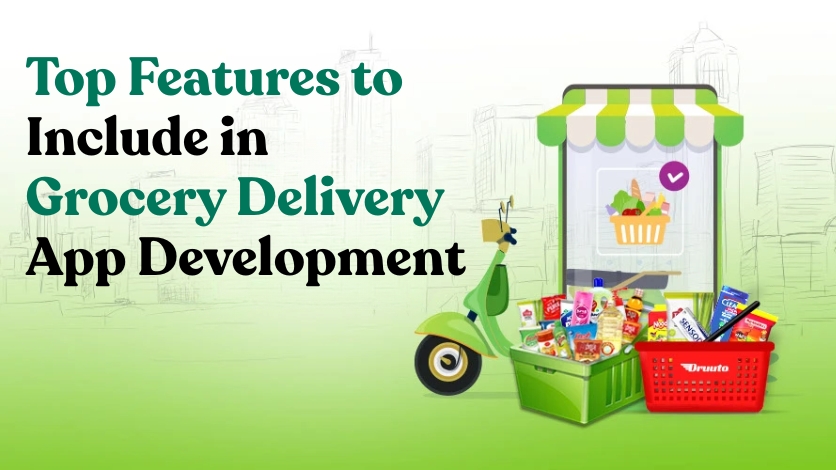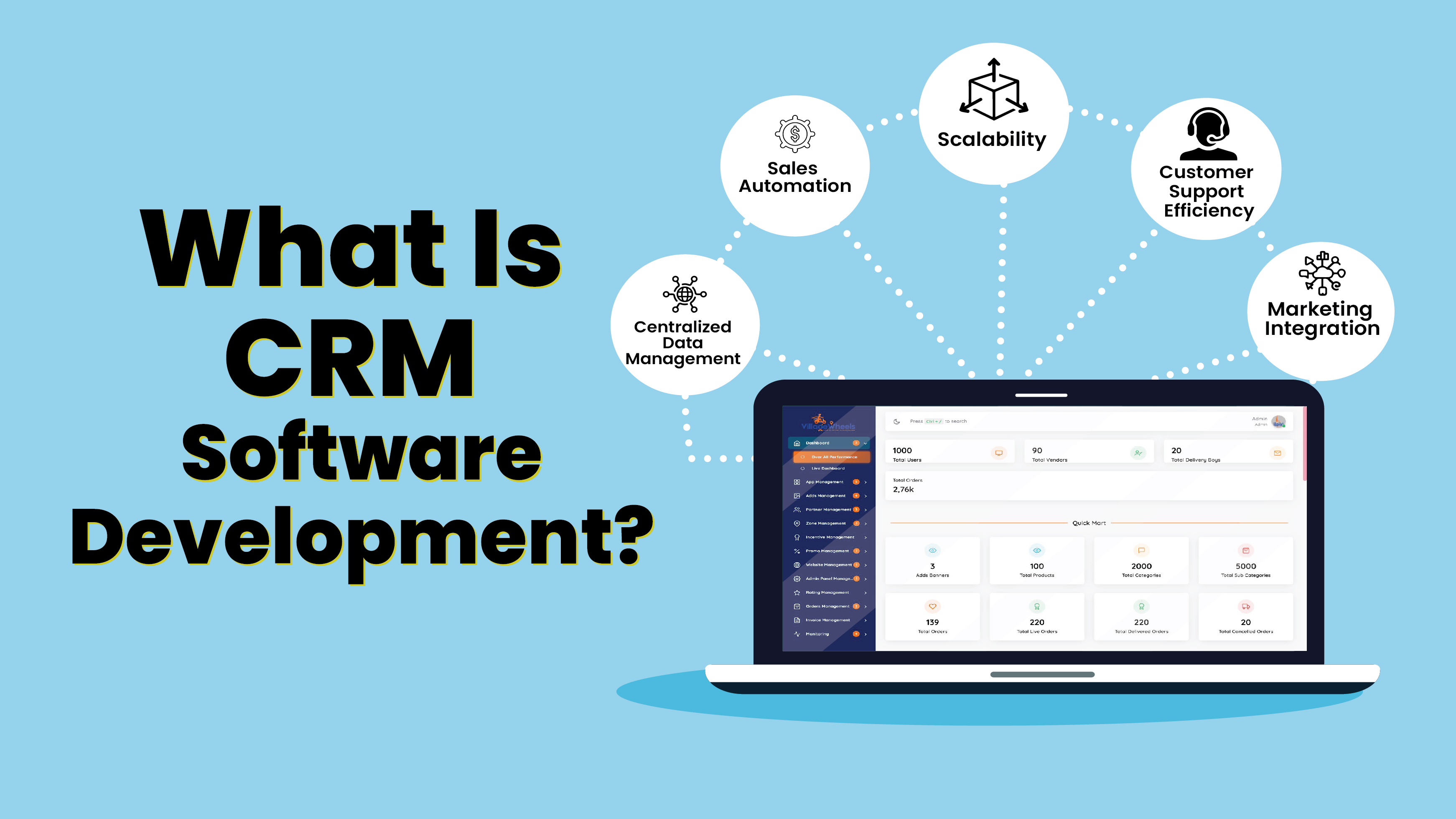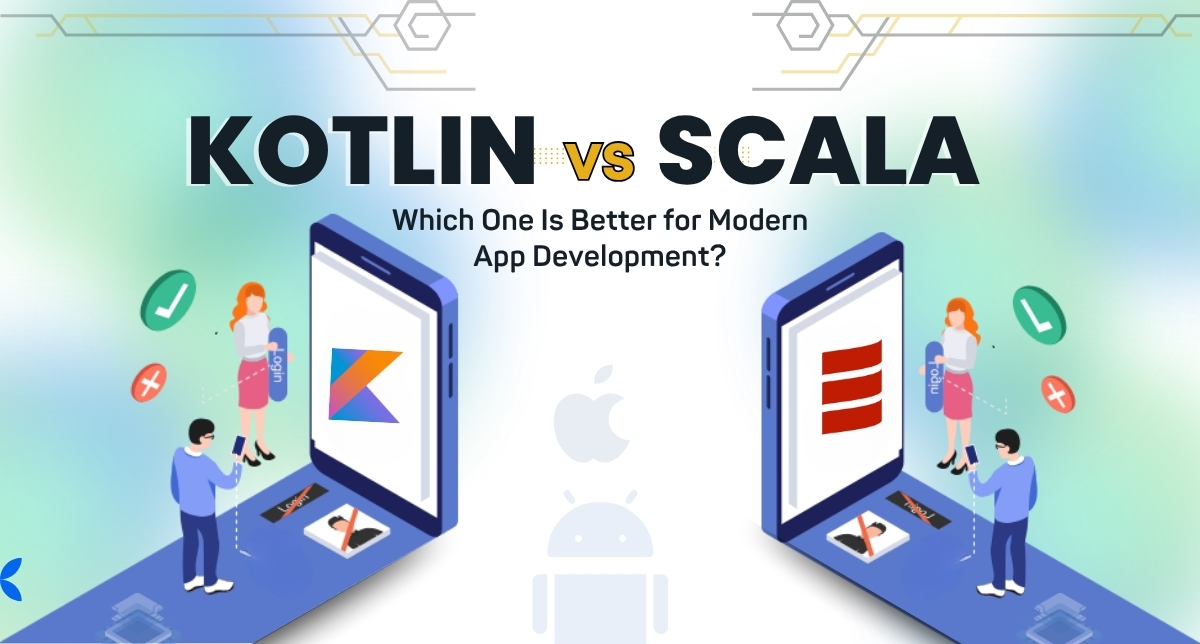Top Features to Include in Grocery Delivery App Development
In today’s fast-paced digital age, convenience is king. Among the most rapidly growing sectors in the mobile app ecosystem is grocery delivery app development. Whether it’s busy professionals, elderly customers, or anyone looking to save time, grocery apps have become a necessity. With the surge in demand, businesses entering this market must develop feature-rich and user-friendly applications to stay competitive.
This article dives deep into the top features that must be included in grocery delivery apps to ensure customer satisfaction, seamless operations, and scalable business growth.
1. User-Friendly Interface (UI/UX Design)
The first interaction users have with your app is visual and navigational. A clean, intuitive interface helps users find what they need quickly, add items to the cart, and complete purchases with minimal friction.
Key elements:
-
Simple, responsive design
-
Easy onboarding process
-
Personalized homepage
-
Seamless navigation with visible CTAs
2. User Registration and Login
Providing multiple login options increases accessibility. Allow users to sign up using:
-
Email and password
-
Mobile number and OTP
-
Social media accounts (Google, Facebook)
Also, consider two-factor authentication for enhanced security.
3. Smart Search and Filter
A robust search engine helps users locate specific products quickly. Filters such as category, price range, brand, and offers make the experience even better.
Advanced features:
-
Voice search integration
-
Predictive search suggestions
-
Barcode scanning for quick product lookup
4. Real-Time Inventory Management
Nothing frustrates a user more than placing an order only to find the item is out of stock. A real-time inventory system ensures the app only displays available products.
Benefits:
-
Accurate product listing
-
Automatic stock updates
-
Reduces cancellations and customer complaints
5. Product Details and Images
Every product should come with:
- High-quality images
- Nutritional information
- Pricing details (including discounts)
- Expiry dates (for perishable items)
Clear, informative listings help build customer trust.
6. Multiple Payment Options
Your app should support a wide range of payment methods to cater to all types of users.
Must-haves:
-
UPI (Google Pay, PhonePe, Paytm)
-
Debit/Credit Cards
-
Wallets
-
Cash on Delivery (COD)
-
Buy Now, Pay Later (BNPL)
Ensure payment gateways are secure and PCI-DSS compliant.
7. Cart Management and Wishlist
Allow users to:
-
Easily add/remove items from the cart
-
Save products to a wishlist
-
View real-time cart updates
-
Receive cart reminders and abandoned cart notifications
These features improve conversion rates and encourage future purchases.
8. Scheduled and Real-Time Delivery
Provide flexible delivery options:
-
Real-time delivery tracking with GPS integration
-
Scheduled delivery for customer convenience
-
Slot selection (morning/evening)
Include delivery partner details like name, contact, and estimated arrival time.
9. Order History and Reordering
Customers often reorder the same products weekly. An “Order Again” feature speeds up the checkout process.
Other history-related features:
-
Invoice download
-
Reorder suggestions
- Refund and return tracking
10. Push Notifications and Alerts
Keep customers informed without being intrusive:
-
Order status updates
-
Delivery notifications
-
Offers and deals
-
New product arrivals
Make these notifications customizable in app settings.
11. Loyalty Program and Rewards
Retaining customers is as important as acquiring new ones. Gamify the shopping experience with:
-
Reward points
- Cashback
- Referral programs
- Exclusive membership benefits
This builds brand loyalty and increases app usage.
12. Customer Support Integration
Offer 24/7 customer support via:
-
In-app chat
-
Chatbots with AI responses
-
Phone/email support
-
FAQs section
Quick issue resolution enhances user satisfaction and app reviews.
13. Ratings and Reviews
Allow users to rate products and provide feedback. This crowdsourced information helps others make informed decisions and builds transparency.
14. Admin Dashboard
Your back-end system should be as intuitive as the front-end. The admin panel should allow:
-
Product management
-
User management
-
Order and payment tracking
-
Analytics and reporting
It should also support marketing features like promo code creation and campaign tracking.
15. Multi-Platform Support
Ensure your app runs seamlessly across Android, iOS, tablets, and web browsers. Use cross-platform frameworks like Flutter or React Native to save on development costs and time.
16. Geo-Fencing and Delivery Zones
Set up delivery zones using geo-fencing. This helps restrict orders to serviceable areas and prevents delivery delays.
17. Data Analytics and Insights
Leverage analytics tools to monitor:
-
User behavior
-
Sales trends
-
Cart abandonment rates
-
High-performing products
Use these insights to tweak marketing campaigns and enhance the customer journey.
18. Security and Privacy
Security is a cornerstone of any app dealing with personal and financial information.
Important measures:
-
SSL encryption
-
GDPR compliance
-
Regular security audits
-
Secure data storage
Trust is key to retaining users long-term.
19. Multilingual and Multi-Currency Support
If you're planning to scale across regions, multilingual support is crucial. Offering local languages and currency options enhances inclusivity.
20. Subscription Model Support
For daily essentials like milk, eggs, or bread, users may prefer a subscription-based model. Let customers subscribe to recurring deliveries at discounted rates.
Why All These Features Matter in Grocery Delivery App Development
When embarking on grocery delivery app development, it’s vital to design an application that’s scalable, secure, and adaptable to evolving user behavior. Integrating the above features ensures that your app remains competitive and meets modern consumer expectations.
From user-friendly design to intelligent analytics and real-time tracking, each element contributes to a smoother, faster, and more engaging shopping experience. Remember: functionality and reliability are what set successful grocery delivery apps apart.
FAQs: Grocery Delivery App Development
Q1. How long does it take to develop a grocery delivery app?
Typically, it takes 3–6 months depending on the features, platforms (Android/iOS), and complexity of the design.
Q2. What is the average cost of grocery delivery app development?
The cost of developing a grocery delivery app can vary widely depending on several factors, including the number of features you want, the complexity of the design, the quality of the user interface and experience, the platforms you’re targeting (Android, iOS, or both), and the technology stack used. Additionally, backend infrastructure, scalability requirements, and integration with third-party services also influence the overall development cost.
Q3. Should I develop a native app or cross-platform app?
For faster development and cost-efficiency, cross-platform frameworks like Flutter or React Native are recommended.
Q4. How do I monetize a grocery delivery app?
Through delivery charges, subscription models, featured listings for vendors, advertisements, and commission on each sale.
Q5. How can I make my app stand out in a competitive market?
Focus on unique features like AI-based recommendations, voice ordering, loyalty programs, and ultra-fast delivery.
Partner with Appdid – The Experts in Grocery Delivery App Development
Looking to launch your own grocery delivery app? Choose Appdid – App Development Company in Thane, Mumbai with a proven track record of delivering innovative, scalable, and user-centric mobile solutions.
We specialize in:
-
Custom grocery app design & development
-
Multi-vendor marketplace integration
-
Secure payment and inventory systems
-
Android, iOS, and web platform deployment
Serving clients across India, Appdid ensures your app isn’t just functional—it’s future-ready. Let’s bring your grocery app idea to life with precision and creativity. We also develop custom applications across various industries including healthcare, e-commerce, education, and more.
You can explore some of our work by visiting our portfolio:
https://www.appdid.com/portfolio
Contact Appdid today to get started on your grocery delivery app development journey!









